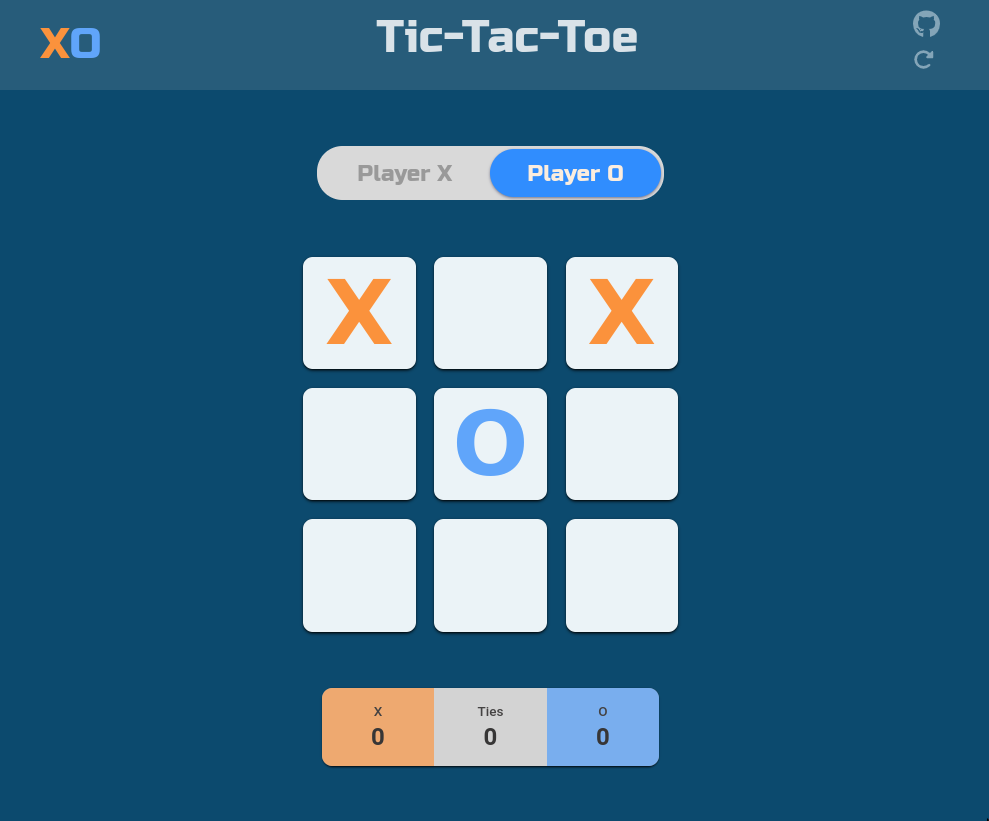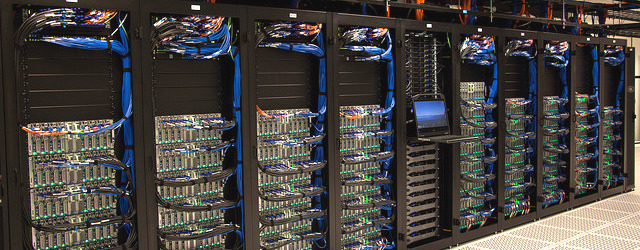I'm Kaddy Marindi, a final year Electrical Engineering student at the University of Witwatersrand, and an aspiring software engineer. I'm curious about how things work, and I prefer learning from the ground up, delving into computer science fundamentals like assembly, Operating systems, and computer networks. My engineering background combined with strong fundamentals of computer science has fuel my ambition to create great software products.
From a young age, I've had a creative aptitude, excelling in pencil drawing and painting. Today, I channel that creativity into programming.
I'm always eager to learn, and seeking new challenges that will grow me as a software developer. I started blogging to improving my communication skills and giving back to the community.






